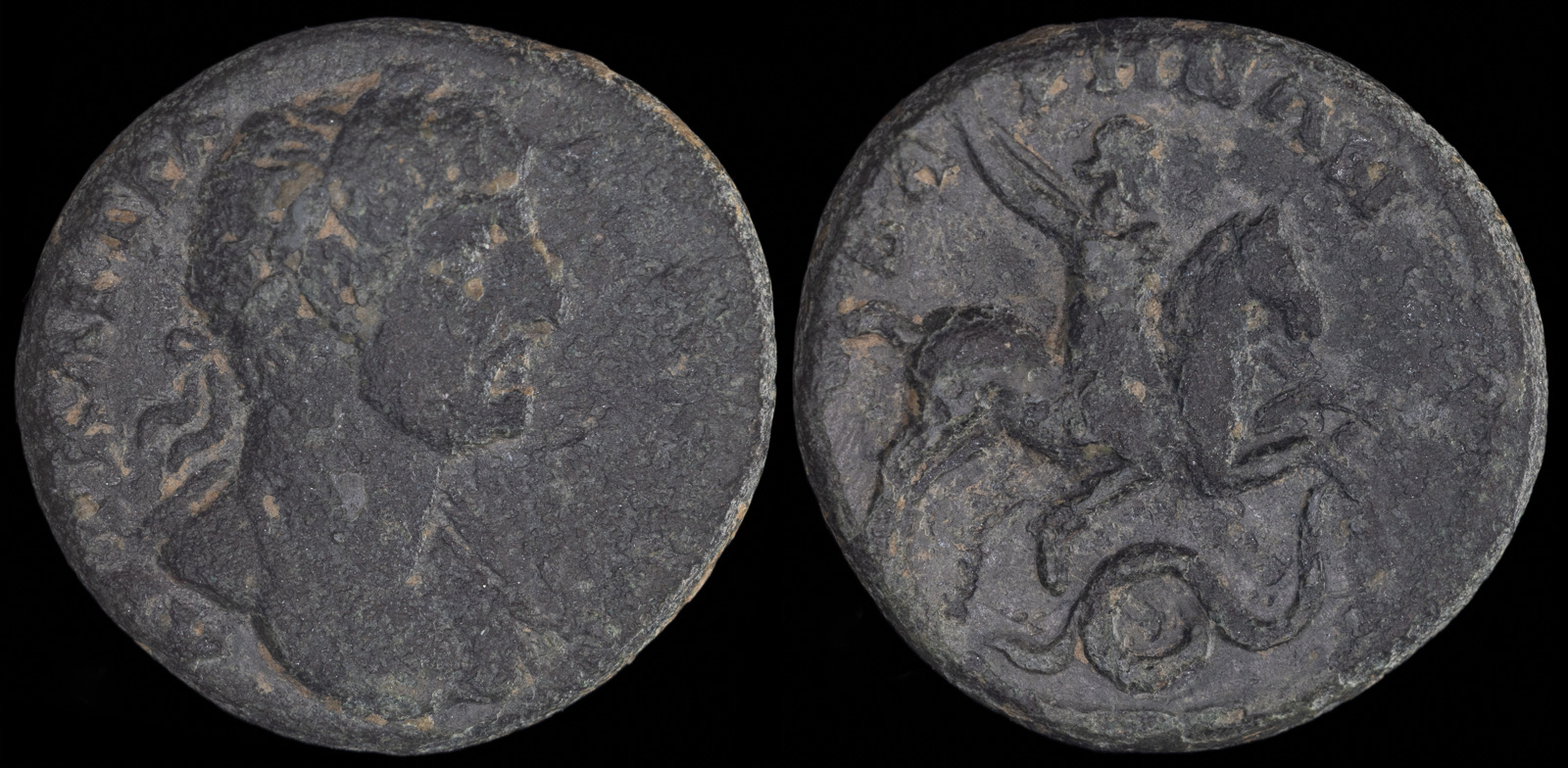Drapery
View All Tags
In many instances, drapery was used to denote divinity or authority, particularly when the figures on the coins were gods, goddesses, or prominent rulers. For example, the robes of Athena, the goddess of wisdom and warfare, were often depicted with intricate folds to convey her divine and regal nature. Drapery in these contexts was not merely ornamental; it served to elevate the figure, imbuing them with a sense of importance, dignity, and otherworldly grace. The flowing nature of the drapery was also associated with the divine, suggesting that the gods were beyond the constraints of the physical world and were draped in garments that signified their celestial status.
For rulers, the depiction of drapery often symbolized the majesty and legitimacy of their reign. The robes of a king or emperor, whether in Greek or Roman coinage, were often depicted in a manner that highlighted their royal or imperial authority. In Roman coinage, for instance, emperors were often shown wearing military or ceremonial garb, with drapery accentuating their role as both a warrior and a ruler. The way the drapery was rendered, sometimes with flowing folds or elaborate detailing, underscored the power and dignity of the emperor, positioning them as larger-than-life figures who embodied the strength and unity of the empire.
Drapery was also commonly used to convey victory and triumph, particularly in coins celebrating military success. The goddess Nike, often depicted on the reverse of coins celebrating military conquests, was shown wearing drapery that suggested movement and victory. The flowing garments emphasized her swiftness and the triumph she brought to the victor. This was a way of symbolizing the dynamic nature of victory, with the drapery suggesting both the speed of the divine messenger and the glorious aftermath of conquest.
Additionally, drapery in ancient coinage could symbolize the cultural sophistication of the city-state or ruler issuing the coin. Greek cities, especially Athens, often used draped figures on their coins to evoke the civic pride associated with their artistic and philosophical achievements. The well-rendered folds of fabric conveyed an understanding of human form, artistic mastery, and a connection to the cultural ideals of beauty and harmony that were central to Greek life. For the Greeks, drapery was not only a reflection of artistic skill but also a visual representation of their ideals of proportion, balance, and elegance.

Bageis, Lydia 117-138 CE
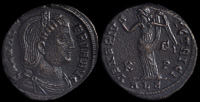
Galeria Valeria 308 CE
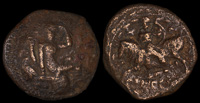
Gortyna, Crete 250-221 BCE

Ptolemy I Soter 311-305 BCE

Ptolemy II of Telmessos, 196-189 BCE
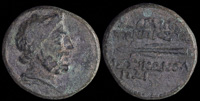
Seleukeia on the Issos 2nd-1st centuries BCE
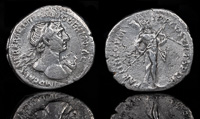
Trajan 98-117 CE
